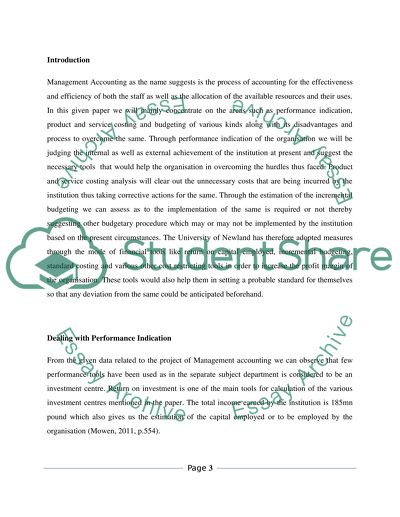Cite this document
(“Management Accounting (performance indication, product and service Essay”, n.d.)
Retrieved from https://studentshare.org/finance-accounting/1398628-management-accounting-performance-indication
Retrieved from https://studentshare.org/finance-accounting/1398628-management-accounting-performance-indication
(Management Accounting (performance Indication, Product and Service Essay)
https://studentshare.org/finance-accounting/1398628-management-accounting-performance-indication.
https://studentshare.org/finance-accounting/1398628-management-accounting-performance-indication.
“Management Accounting (performance Indication, Product and Service Essay”, n.d. https://studentshare.org/finance-accounting/1398628-management-accounting-performance-indication.


